Canine Von Willebrand Disease
Canine von willebrand disease. Further studies of canine von Willebrands disease. The various forms of canine von Willebrauds disease can be categorized into one of three major types. The various forms of canine von Willebrands disease can be categorized into one of three major types.
Affected dogs have varying amounts of vWF. Both type-2 and type-3 disease. We searched for the genetic defect in four related type III deficient Dutch Kooiker dogs obtained from one breeder.
In type II canine von Willebrands disease only the smaller von Willebrand factor multimers are found in the plasma larger multimers are absent. Type-1 von Willebrands disease has been reported in Dobermans Standard poodles German shepherds Greyhounds Irish Wolfhounds Shelties and many other dog breeds. A protein exposed by injury to blood vessels.
Blood component therapy most specifically the use of cryoprecipitate. Veterinarians may also nick a dogs lip with a sterile needle and time how long it takes for clotting to occur. Described in dogs with mitral valve disease.
It has also been reported in cats rabbits cattle horses and pigs. Von Willebrand disease is the most common hereditary blood-clotting disorder in humans. Von Willebrand disease vWD is an inherited bleeding disorder resulting from a lack or reduced level of a normal blood clotting protein called von Willebrand factor vWF.
More frequently affected dogs bleed only when there is a stimulus for bleeding such as an injury or surgery. It arises from a deficiency in the quality or quantity of von Willebrand factor a multimeric protein that is required for platelet adhesion. Von Willebrand disease is a serious condition that affects the blood and clotting ability of some dogs.
In humans type III von Willebrand disease is caused by deletions or nonsense mutations. And in type III canine von Willebrands disease von Willebrand.
VWD is diagnosed through genetic testing and blood testing at a laboratory.
And in type III canine von Willebrands disease. More frequently affected dogs bleed only when there is a stimulus for bleeding such as an injury or surgery. It is known to affect several breeds of dogs as well as humans. This article presents the pathophysiology and clinical features of vWD including a discussion of inherited and acquired types of vWD. Von Willebrands disease vWD which is a disorder in dogs that is characterized by excessive bleeding due to a defect in platelet function. An acquired form can sometimes result from other medical conditions. Von Willebrand disease vWD is an inherited bleeding disorder resulting from a lack or reduced level of a normal blood clotting protein called von Willebrand factor vWF. Von Willebrands Disease vWD Von Willebrands disease has been identified in a wide range of canine breeds and is the most common of the inherited bleeding disorders. VWD is diagnosed through genetic testing and blood testing at a laboratory.
Optimum treatment of affected dogs is influenced by the presence of concurrent disorders especially thyroid insufficiency and the nature of hemostatic stress encountered. Optimum treatment of affected dogs is influenced by the presence of concurrent disorders especially thyroid insufficiency and the nature of hemostatic stress encountered. And in type III canine von Willebrands disease. How is this condition treated. Blood component therapy most specifically the use of cryoprecipitate. Disease presentation varies from asymptomatic to spontaneous hemorrhaging and prolonged bleeding after injury surgery or giving birth. The various forms of canine von Willebrands disease can be categorized into one of three major types.
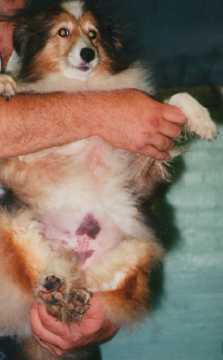
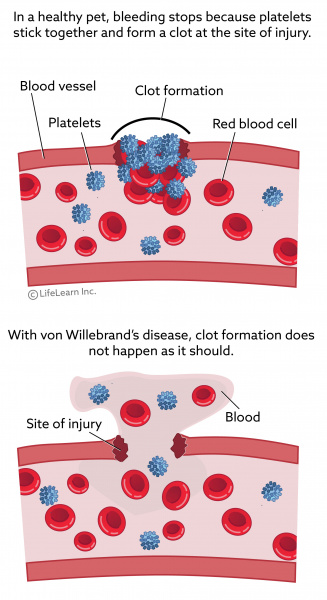



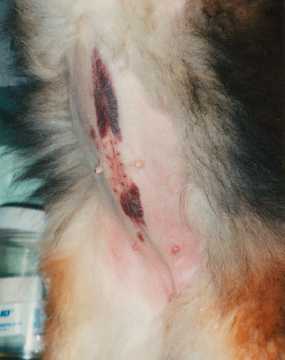

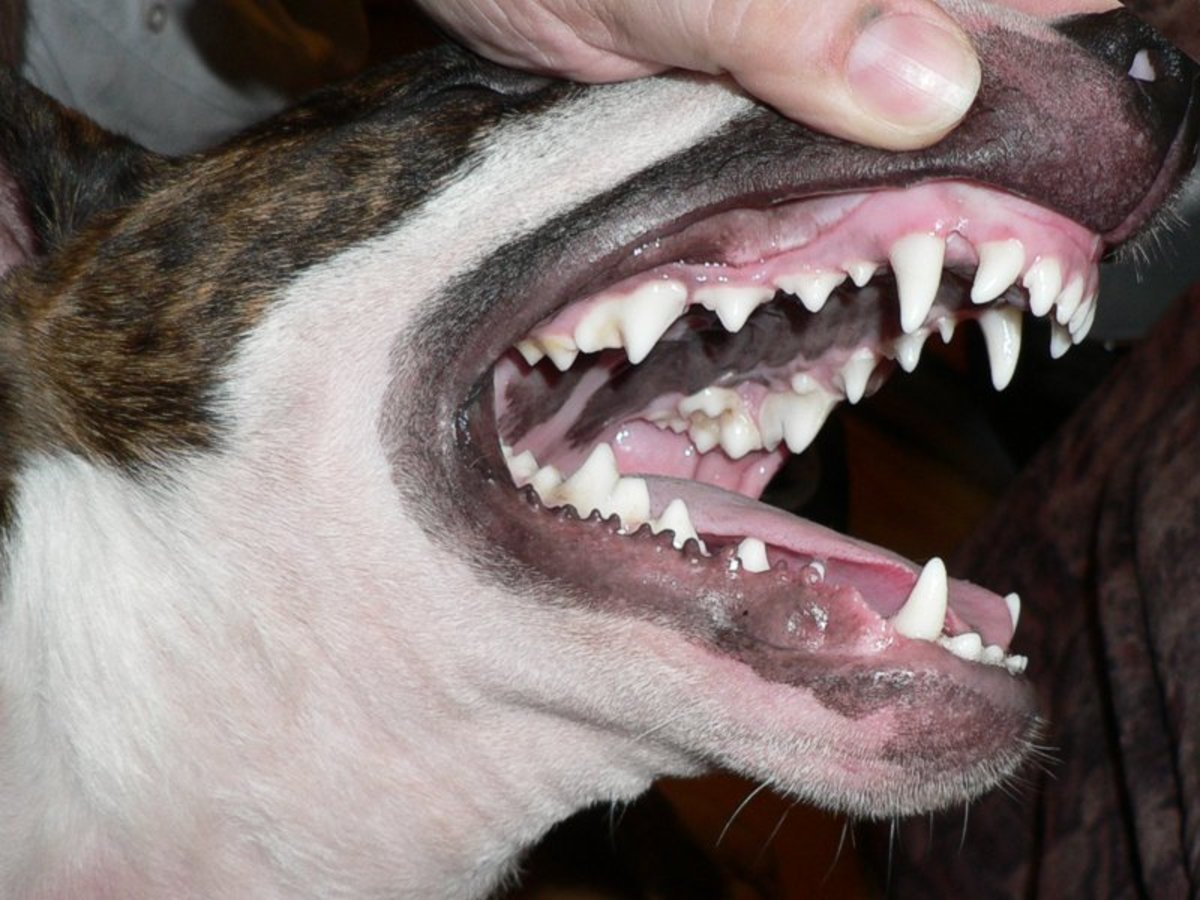

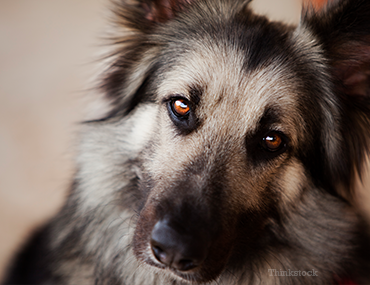




:max_bytes(150000):strip_icc()/black-doberman-on-a-medical-exam-at-vet-s-office--504928506-59cb1108d963ac0011bfbc6b.jpg)

/GettyImages-688948069-5c6d6146c9e77c00018ccad0.jpg)





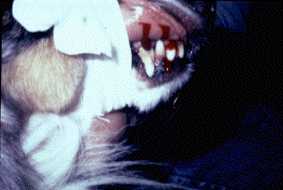








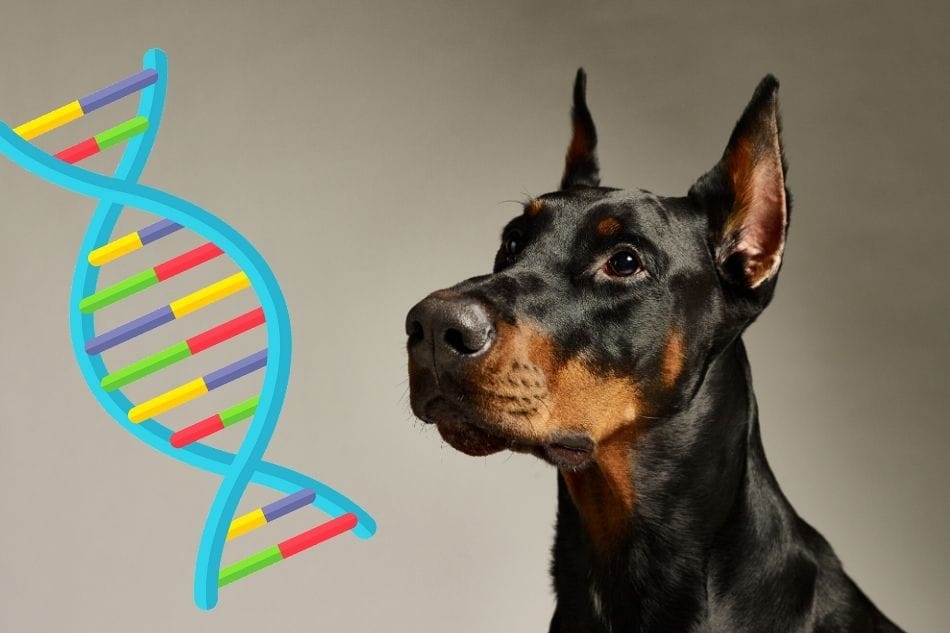

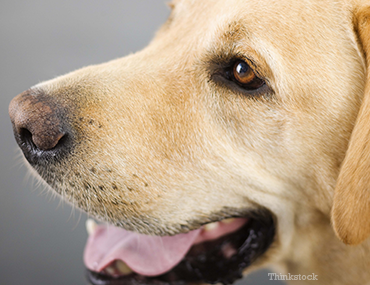





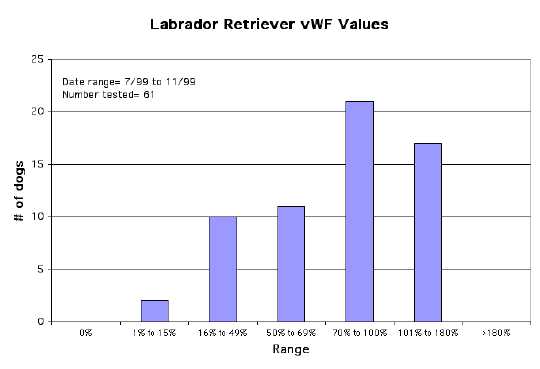


Post a Comment for "Canine Von Willebrand Disease"